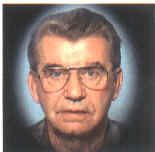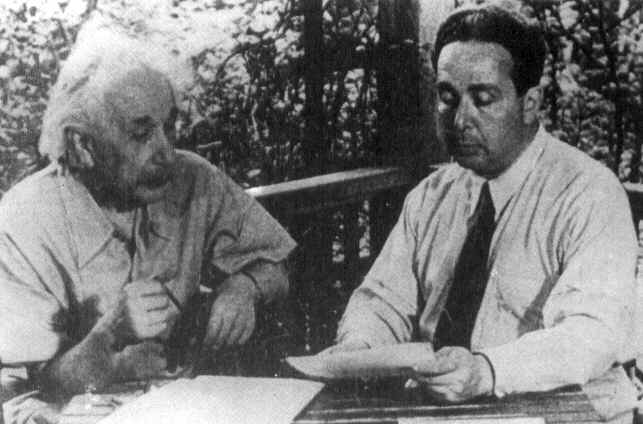 |
| Prof. Antal Bejczy |
The MAFE’s members defined the inventors who determined the technical development their ages. We declare the results here.
The Inventor of Last Decade of 20th Century:
Antal Bejczy
 |
| Prof. Antal Bejczy |
DR.ANTAL K. BEJCZY is a Senior Research Scientist in the Telerobotics Research Program at the Jet Propulsion Laboratory (JPL), California Institute of Technology (CIT), Pasadena, CA. He is also an Affiliate Professor in Systems Science and Mathematics at Washington University in St. Louis, MO. He started studies in Electrical Engineering at the Technical University in Budapest in 1952. After leaving Hungary in 1956, he finished his studies at the University of Oslo, Norway, where he received Ph.D. in Applied Physics in 1963, and was teaching Statistical Thermodynamics there until 1966. He then spent three years at CIT as a NATO Senior Research Fellow working on optimal control and nonlinear filtering problems related to space missions. In 1969 he joined JPL where he contributed to asteroid and comet mission studies for two years. Since 1971 his major research interests have been robotics and advanced teleoperation.
He has published over 150 papers and 8 book chapters in these areas, mainly on topics in dynamic modeling, sensing, control, and human-machine interaction, including telepresence and virtual environments. He holds six patents in robot sensing, control and computing, and has received more than 40 NASA Technical Innovation Awards. He was the Principal Investigator of a robot arm force-torque sensor and control flight experiment on the Space Shuttle in 1994.
He frequently organized tutorials, workshops, and sessions on robotics at IEEE and other conferences. He is an editorial member of robotic journals. Ha was Chairman of the IEEE Control System Society Technical Committee on Robotics and Automation from 1983 til 1985. He was the General Chairman of the IEEE International Conference on Robotics and Automation in 1986 and President of the IEEE Council of Robotics and Automation in 1987 when he helped transform the Council to the current Robotics and Automation Society. He served as an Administration Committee member of that society from 1990 til 1992, and was reelected for the time periods of 1994-1996 and 1997-1999. He became an IEEE Fellow in 1987 when he also received the Jean Vertut Award of SME&RI for remote application of robotic technology. He received the NASA Exceptional Service Medal in 1991, and is the current recipient of the IEEE Third Millennium Medal award. He was the General Chairperson of the 8th International Conference on Advanced Robotics in 1997 and is the General Co-Chairperson of the 10th of the same conference to be held in Budapest, Hungary in 2001.
Dr. Bejczy is listed in the "Marquis Who's Who in America."
Inventor of the 20th Century:
Leo Szilárd
 |
| Szilárd Leo show "the letter for President Roosevelt" to Albert Eistein in 1939 |
Szilárd Leo born in Budapesten in 1898 and He died in USA (La Jolla) in 1964.
He invented the graphite modulated atomic reactor with Enrico Fermi end the atomic energy become the most important energy source of mankind.
Inventor of 2 nd Millennium:
Leonardo da Vinci
Leonardo da Vinci born in 1452 in Vinci (Toscana) and he died in 1519 in Clos Lucé naer Loire mellett.
He learn the paintind at workshop of Verocchio and after he created in Florence, Milan and in France.The invention and work of art were same things at age of Leonardo. (The first law for inventions was codified in Venice in 1474. The first law for works of art was codified in 1709 in England.) . The inventor and the actor was usually same person as Leonardo.
Leonardo's inventions were the basic of the lot of machines in the later centuries. His several inventions as the helicopter, the machinegun, the submarine, the parachute or the flying had realized in the 20th Century only.
He "invented" the sfumato-technique in the painting. Essence of the stumato-technique is the delineation of the fine transition of the light to show the air and the distance or the space on a picture. His painting is top of the Renaissance Art.